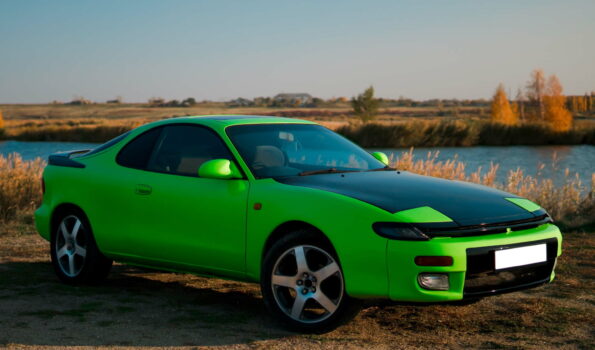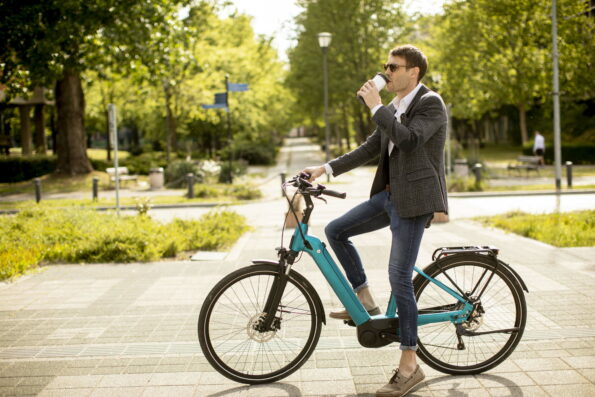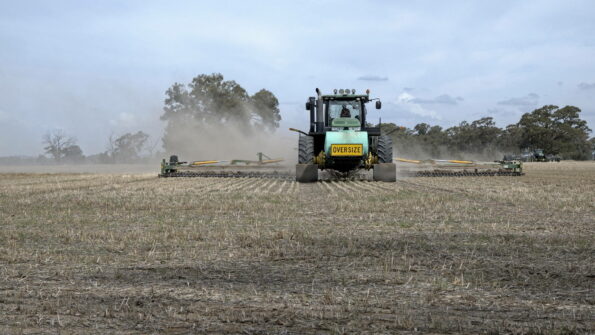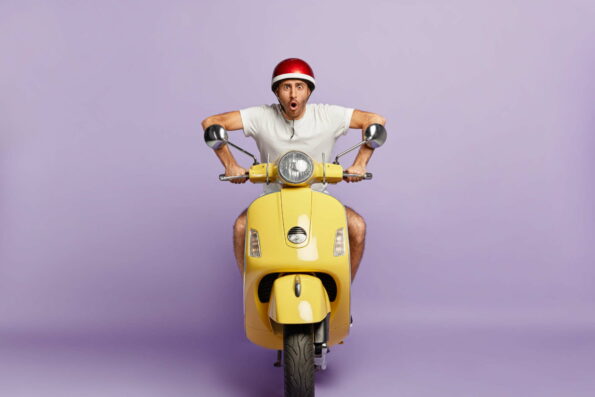The easiest way to have a vehicle stick to the maximum speed limit is to put a limiter in. It removes the ability for a driver to exceed the speed limit unless they are going downhill and gravity overcomes wind resistance and rolling resistance (assuming the speed limiter doesn’t have automatic braking when the maximum speed is exceeded).
Heavy vehicles
Heavy vehicles are the most regulated when it comes to speed limiters. Australian Design Rule (ADR) 65 limits certain larger heavy vehicles to a maximum road speed limit of 100km/h. A software limiter is installed by the engine manufacturer to limit the vehicle to a maximum of 100km/h.
The following heavy vehicles are required to comply with ADR 65
- heavy goods vehicles built after 1987 with a GVM (gross vehicle mass) of more than 15,000kg
- buses built after 1987 that are used to provide a public passenger service and have a GVM of more than 14,500kg
- buses built after 1990 that are used to provide a public passenger service and have a GVM of more than 5,000kg
- heavy goods vehicles with a GVM more than 12,000kg that have more than 300 horsepower and were built after 1990
- heavy goods vehicles with a GVM more than 12,000kg that have up to 300 horsepower that were built after 1991
Fleet vehicles
Some fleet operators restrict their vehicles for fuel economy and safety reasons. This could be to the speed limit or lower.
European cars and JDM cars
Many European cars are restricted to somewhere between 210 and 240km/h, while many Japanese domestic market cars are restricted to 180km/h.

Personal transport
E-bikes and electric scooters are often speed-limited to 25km/h as that is the law throughout most of Australia, although Victoria’s limit is 10km/h. For an e-bike, 25km/h is the maximum assisted speed; riders can pedal the bike faster than this, or coast downhill, up to the maximum speed limit for that road.

Agricultural tractors and machinery
Some agricultural tractors and harvesters have built-in electronic limiters or it is possible to restrict the revs which, in turn, restricts the maximum speed in the highest gear.

50cc motorbikes
50cc motorbikes, scooters and mopeds are restricted to 50km/h by law.

Specialist machinery
Forklifts, walkie stackers, straddle carriers and other specialist machinery often includes a speed limiter set between 10, and 40km/h, depending on the machine. For example, this straddle carrier has a limit of 30km/h.
Sometimes it’s not possible to know whether the maximum speed is a function of gearing or whether it is electronically limited without looking at the user manual.
Geofencing
Speed limits are sometimes enforced using geofencing. When a vehicle is inside a defined area such as a warehouse, a speed limit is applied, and when it exits that area, the limiter is removed.
Calibration
Speed limiters must be calibrated correctly otherwise what might appear to be 100km/h in the cab could actually only be 95km/h due to speedo errors, tyre circumference, gearing ratios and engine RPM.
Unless the speed limiter is GPS-controlled, there will always be some slight variation due to tyre circumference as they wear.
Fines
Inspectors are able to inspect a heavy vehicle’s engine control module (ECM) to check that it hasn’t been tampered with. Fines can run into five figures and 9 demerit points. It is an offence to possess a speed limiter tampering device.
All people in the chain of responsibility may be liable for any breaches of the law.
The dangers and disadvantages of speed limiters
A speed limiter only works on the maximum road speed limit, for example, 100km/h; it doesn’t work for keeping a driver’s speed down in an urban area where the limit is lower than 100km/h.
Speed limiters could lead to complacence and lower driving skills because the driver doesn’t have to think about their speed on the open road, they can simply put the pedal to the floor.
In some circumstances, having a little extra speed is essential. For example, if a vehicle is limited to 100km/h and is overtaking a vehicle that is doing 90km/h, the TED (time exposed to danger) is the time it takes to complete the manoeuvre. Assuming the driver picked a safe time and place to overtake, there should be no problem. But in some cases, when an overtaking manoeuvre is partially completed, a situation develops on the road where it is the safest to accelerate out of it rather than brake. While these situations are uncommon, they do exist. Being able to accelerate to 110km/h to complete the manoeuvre may avoid an accident that might have happened had 100km/h been the absolute limit.
A speed limiter adds costs to the vehicle because it has to be provisioned and installed.
